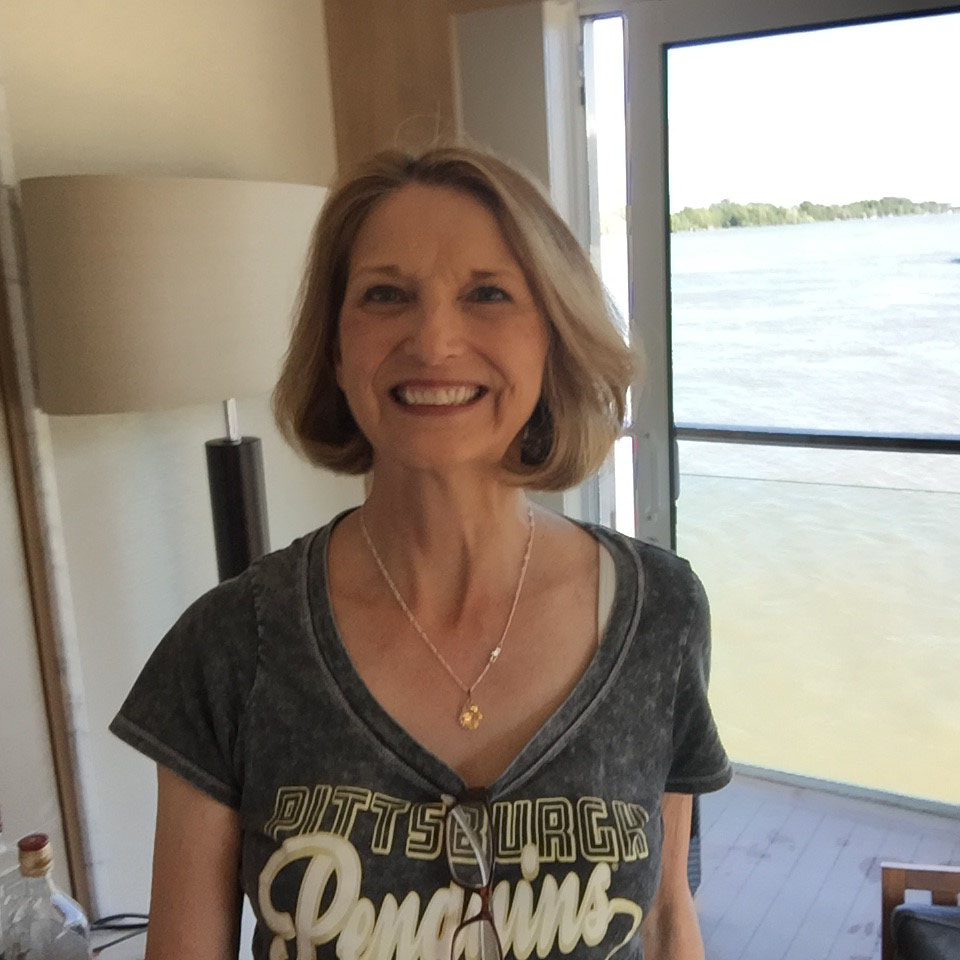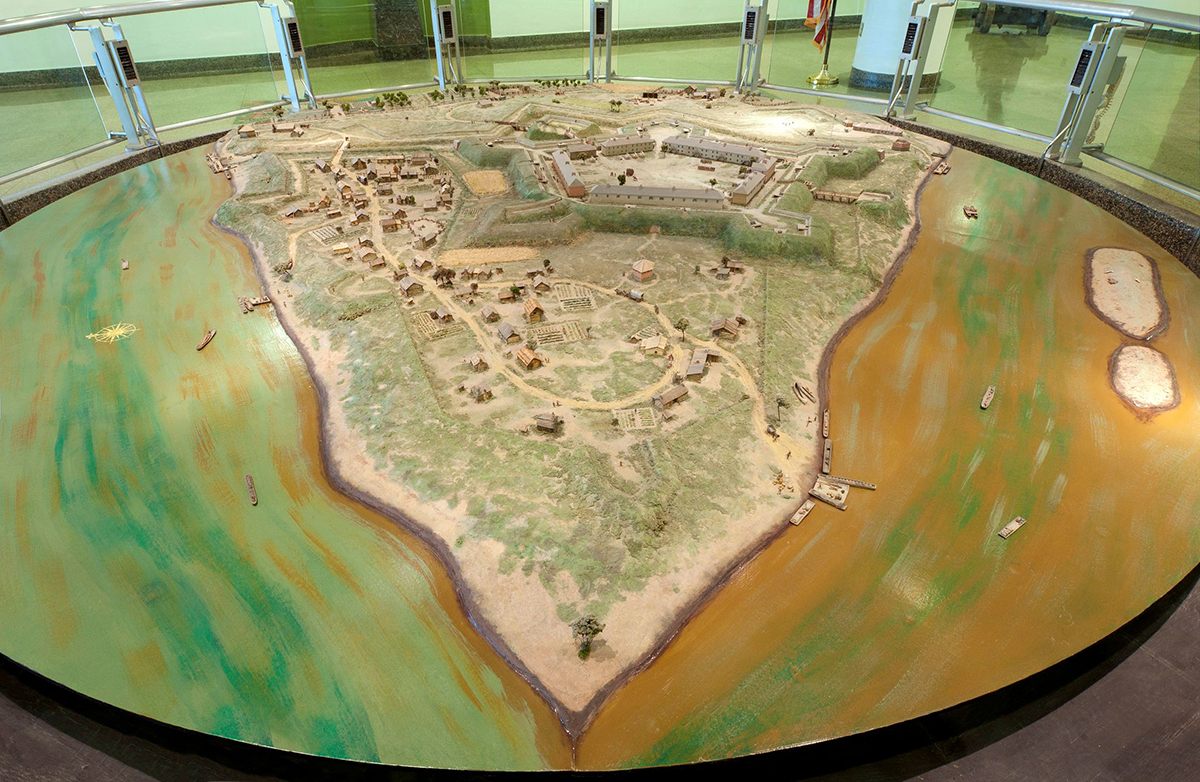The Fort Pitt Museum and its army of dedicated volunteers are dedicated to providing visitors with a rich understanding of the world-changing events that occurred in Western Pennsylvania.
From leading tours to bringing 18th-century Pittsburgh to life, our volunteers do it all!
We sat down with Marti Donovan to learn more about her experiences as a volunteer. Marti has been volunteering with the museum for nine years since retiring from her career as a teacher.
Get to know her in the Q&A below!
 Fort Pitt Museum: How did you get started as volunteer at the Fort Pitt Museum?
Fort Pitt Museum: How did you get started as volunteer at the Fort Pitt Museum?
Marti Donovan: I started out as a docent at the Heinz History Center in 2009. When the Fort Pitt Museum became part of the Heinz History Center’s museum system in 2010, we, as docents, were asked to participate in training at Fort Pitt. I did that training and loved it from the beginning. I have been involved with tours there ever since.
FPM: What responsibilities do you have as a Fort Pitt volunteer?
MD: My main responsibilities are doing tours of the museum. The tours include both floors and center around 18th-century Pittsburgh history. The main focus is explaining how Pittsburgh’s strategic location helped shape the future of the Ohio Valley, and eventually the American westward expansion via the Ohio River. There are always questions from the public before, during, and after a tour. This part always keeps me on my toes, so to speak, and it’s always exciting!

FPM: What do you find most rewarding about your role as a Fort Pitt volunteer?
MD: The most rewarding part is the constant learning about history in general and especially Pittsburgh history. I also love the interaction with the tourists and staff. As a native Pittsburgher, I am so proud of this city and its rich history. The staff at Fort Pitt is second to none, so learning from them and knowing them is priceless. They are so dedicated and professional.
FPM: What’s your favorite part of Fort Pitt Museum history to share with visitors?
MD: How George Washington’s participation in Western Pennsylvania in the 18th century fueled the start of the French and Indian War. The French and Indian War is now being framed as “The War that made America,” and its roots are in Pittsburgh. Pittsburgh being located at the mouth of the Ohio River, with all of its abundant resources, gave rise to industry, innovation, and immigration.
FPM: What are visitors most surprised to learn when visiting the Fort Pitt Museum?
MD: The role that George Washington played in helping fuel the beginning of the French and Indian War and knowing that it was his very first military assignment. In addition to Washington’s involvement is the impact and role the Native Indian tribes had on the success of Fort Pitt, westward expansion, and trade.
FPM: Anything else you’d like to share?
MD: It is such a pleasure to experience Point State Park, and the Block House. The expertise and friendliness of the staff have made the museum very special and a historical gem. Plus, we have so much fun we have at the Fort and insert humor whenever possible. As the French declared at Fort Duquesne “Vive La France” – much to the chagrin of the British!
Get to know more Fort Pitt volunteers in these posts from our archives:
To learn more about other volunteer opportunities with the History Center, Fort Pitt Museum, or Meadowcroft, check out our Volunteer page or contact volunteers@heinzhistorycenter.org.